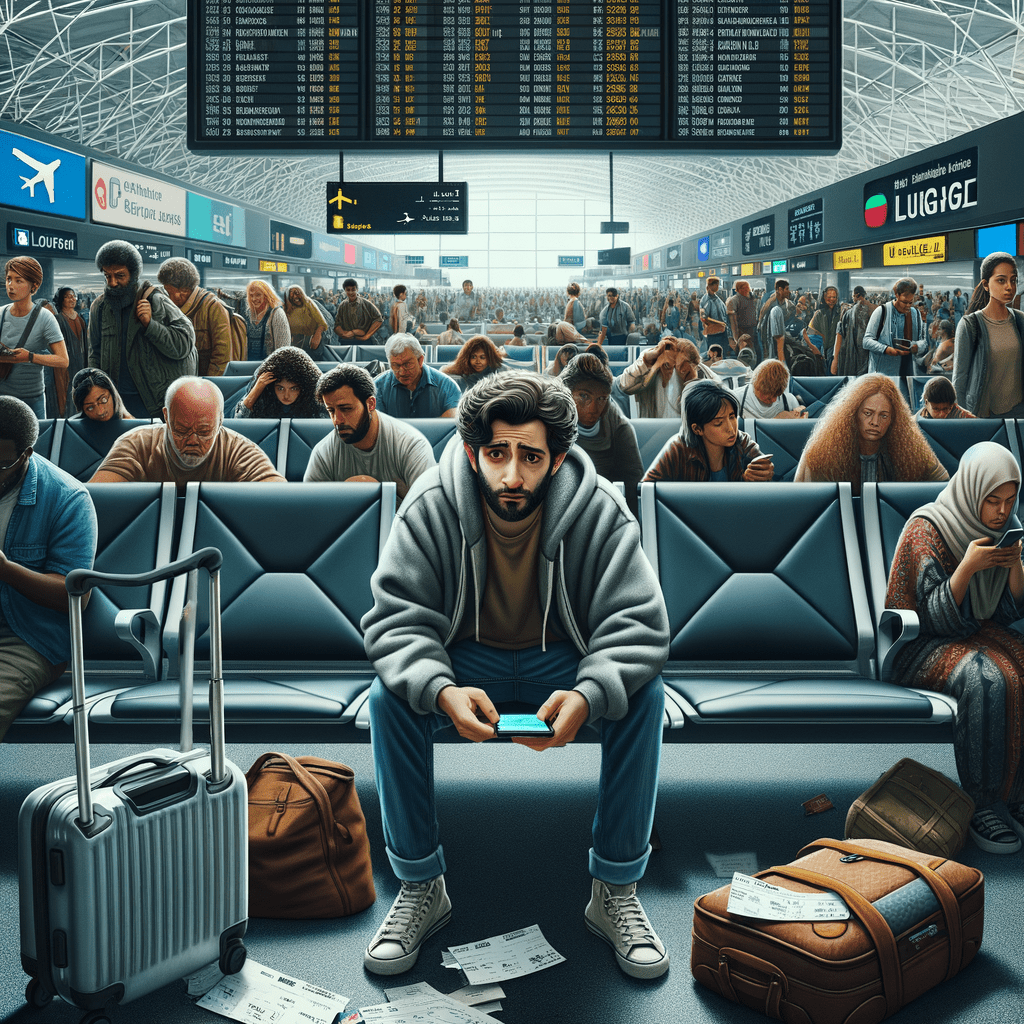For many travelers, the phrase long-haul economy conjures images of cramped rows, restless legs, and failed attempts at sleep. The least expensive seats on the plane often come with unforgiving cushions, limited recline, and just enough legroom to remind you how little you have. Yet not all economy experiences are created equal.
On a growing number of international carriers, designers have rethought the standard economy seat, adding legroom, widening cushions, and introducing thoughtful touches that make the back of the plane more bearable. These seats won’t match the luxuries of business or premium economy, but they offer a surprising level of comfort for fliers committed to stretching their dollars.
Here’s a look at some of the best long-haul economy class seats available today.
JetBlue Airbus A321LR
New York–based JetBlue has built a reputation for offering more legroom than many U.S. competitors. Its Airbus A321 long-range aircraft, which serve transatlantic routes, carry that tradition across the ocean. Expect 32 inches of pitch, 18 inches of width, and a three-inch recline in the “Core” economy cabin. Seats also feature adjustable headrests and shared power outlets. The single-aisle layout (3-3) can feel snug, but the generous legroom helps offset the narrower cabin.
Japan Airlines Airbus A350-1000
Japan Airlines’ newest widebody jet debuted in 2024 with headlines focused on its first- and business-class suites. Yet even standard economy feels like a step up. Passengers enjoy roughly 34 inches of pitch and more than 18 inches of width—among the roomiest coach options anywhere. Seats naturally lean back slightly even in the upright position, and when reclined, they tilt deeper than most competitors. Amenities include 13-inch 4K screens, cupholders, power and USB ports, and clever storage pockets. The 3-3-3 configuration means more middle seats, but the generous spacing reduces that dreaded shoulder-to-shoulder squeeze.
All Nippon Airways Boeing 787-9
ANA’s Dreamliner cabins, especially on long routes like Tokyo–Los Angeles, provide thoughtful comfort touches. Each seat comes with 34 inches of pitch, a footrest, and recline that shifts both the backrest and seat pan for a more ergonomic angle. At 17.3 inches wide, the seats aren’t the broadest, but extras such as universal power outlets, adjustable headrests, and well-padded cushions make up for it. The 3-3-3 layout is standard for the aircraft type, but careful design softens the tightness.
Emirates Airbus A380
Emirates’ iconic double-decker A380 has earned near-mythical status among aviation fans, and even economy travelers reap the benefits. With 34 inches of pitch, 18 inches of width, and a generous four-inch recline, the seats are among the better options for ultra-long flights. The 3-4-3 configuration sounds dense, but the aircraft’s sheer size, tall ceilings, and wider cabin help the space feel open. Each seat includes a large entertainment screen, padded headrest, and comfortable headphones. Routes from major U.S. cities to Dubai—and even the airline’s New York–Milan fifth-freedom flight—feature this aircraft.
Singapore Airlines Airbus A380
Another superjumbo standout, Singapore’s A380 offers 32 inches of pitch and an impressive 19 inches of width in economy. The seats recline six inches—rare in standard coach—without sacrificing screen visibility thanks to adjustable displays. Added perks like a phone slot, cupholder, and six-way headrest enhance the experience. The 3-4-3 layout mirrors Emirates, but the cabin’s spacious feel keeps claustrophobia at bay.
Hawaiian Airlines Airbus A330
For travelers heading to paradise, Hawaiian’s A330s cover marathon routes such as New York–Honolulu. Standard seats provide 31 inches of pitch, but the 2-4-2 configuration makes window pairs especially appealing for couples. Width varies between 16.5 and 18 inches, and recline is modest. Passengers can upgrade to Extra Comfort seats for 36 inches of legroom, though at a premium.
Delta Boeing 767-400ER
Though aging, Delta’s 767-400ER fleet remains competitive for transatlantic flights. The highlight is the 2-3-2 seating plan, eliminating middle seats along the windows and creating a more spacious feel. Pitch ranges from 31 to 32 inches, width is 18 inches, and recline extends up to four inches. USB ports, seatback screens, and adjustable headrests round out the package.
Swiss Airbus A350 (Swiss Senses)
Swiss introduced its new “Swiss Senses” cabin in 2025, blending sleek aesthetics with comfort. The A350’s economy seats provide 31–33 inches of pitch, up to 19.5 inches of width, and six inches of recline. Molded seatbacks carve out extra knee room, while Bluetooth-enabled entertainment screens, cupholders, and adjustable headrests elevate the experience. Though the A350s use a 3-4-3 layout, the airline plans to retrofit A330s with a roomier 2-4-2 setup starting in 2025.
Qantas Boeing 787-9
Qantas’ Dreamliners are designed with long flights in mind. Each economy seat offers 32 inches of pitch and 17.2 inches of width, plus six inches of recline. A standout feature is the “footnet”—a mesh hammock under the seat that supports legs and feet during rest. Add in shelves for devices, a water-bottle holder, and a 12-inch screen, and the space feels surprisingly functional. Mid-flight snack stations give passengers a reason to stretch without bothering the crew.
Cathay Pacific Airbus A350-1000
Named the world’s best economy class by Skytrax in 2025, Cathay Pacific’s A350-1000 seats measure 32 inches of pitch and 18 inches wide, with six inches of recline. Features include adjustable leather headrests, shelves for personal devices, cupholders, USB ports, and entertainment screens with dark mode for nighttime viewing. With routes from major U.S. hubs to Hong Kong, it’s a consistently strong choice for long-haul fliers.
Final Thoughts
Economy class may never rival the indulgence of premium cabins, but smart design and thoughtful features are making long flights more tolerable. Whether it’s the deeper recline of Japan Airlines, the airy cabins of the A380, or the clever storage solutions on Qantas, these seats prove that comfort at 35,000 feet doesn’t always require a business-class ticket.




